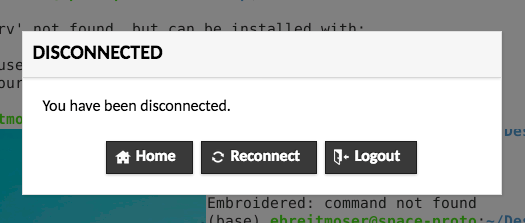Linux desktop (RDP)
Desktop view¶
The desktop view is the VM connection to use for graphical interface software such as R Studio or Orfeo toolbox. This VM is based on the Linux operating system, and has a similar underlaying feel to Apple software (which is also based on a Linux precurser called Unix). It has also been styled to look similar to Windows after a little while you can get used to how it works.
New users¶
For new users, you must first connect to a Linux VM via the Command Line/SSH connection option, where you will be prompted to update your password. For more information, see "Command line (SSH) Interface."
Once completed, you can reconnect to a desktop/RDP view and log in with your new password.
Access to the Linux Desktop view¶
To connect to the Desktop view select your preferred VM RDP connection (such as AWB-General01) from the gateway, and enter your username and password when prompted.
If you see the following pop-up screen, then you have entered an incorrect username/password combination. Remember, changing your Guacamole password does not change your VM password.
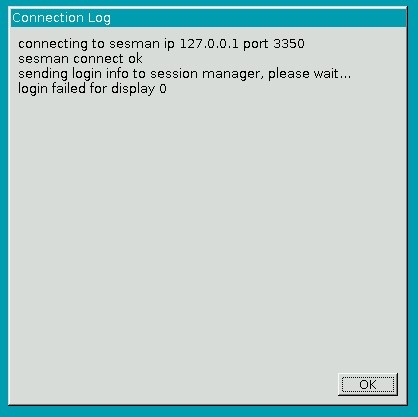
Changing your Linux password via the Desktop view¶
If you wish to change your password, this can be done by opening a command line view using the program Terminal. This can be selected from the Applications menu in the top left hand corner and click on Terminal Emulator.
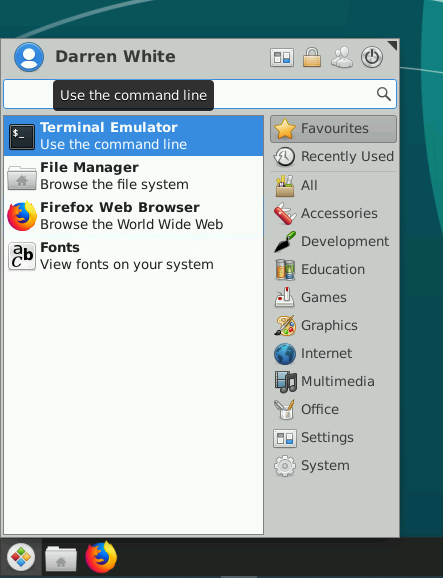
With a terminal open, use the passwd command to obtain a prompt to change the user password.
passwd
Warning
This new password cannot be based on a word from a dictionary. This will change the password for all VMs you access using the same username (but not the EIDF login).
Note
Passwords are set to expire every 90 days. If you are certain that you are using the correct VM password but cannot log in via the Desktop (RDP) view, please try accessing the SSH Command Line view via the project Manager, as shown in section 6. If your password has expired, this is where you will be able to update it.
Using the Linux Desktop¶
After logging on you will see the something very similar to the following screen.
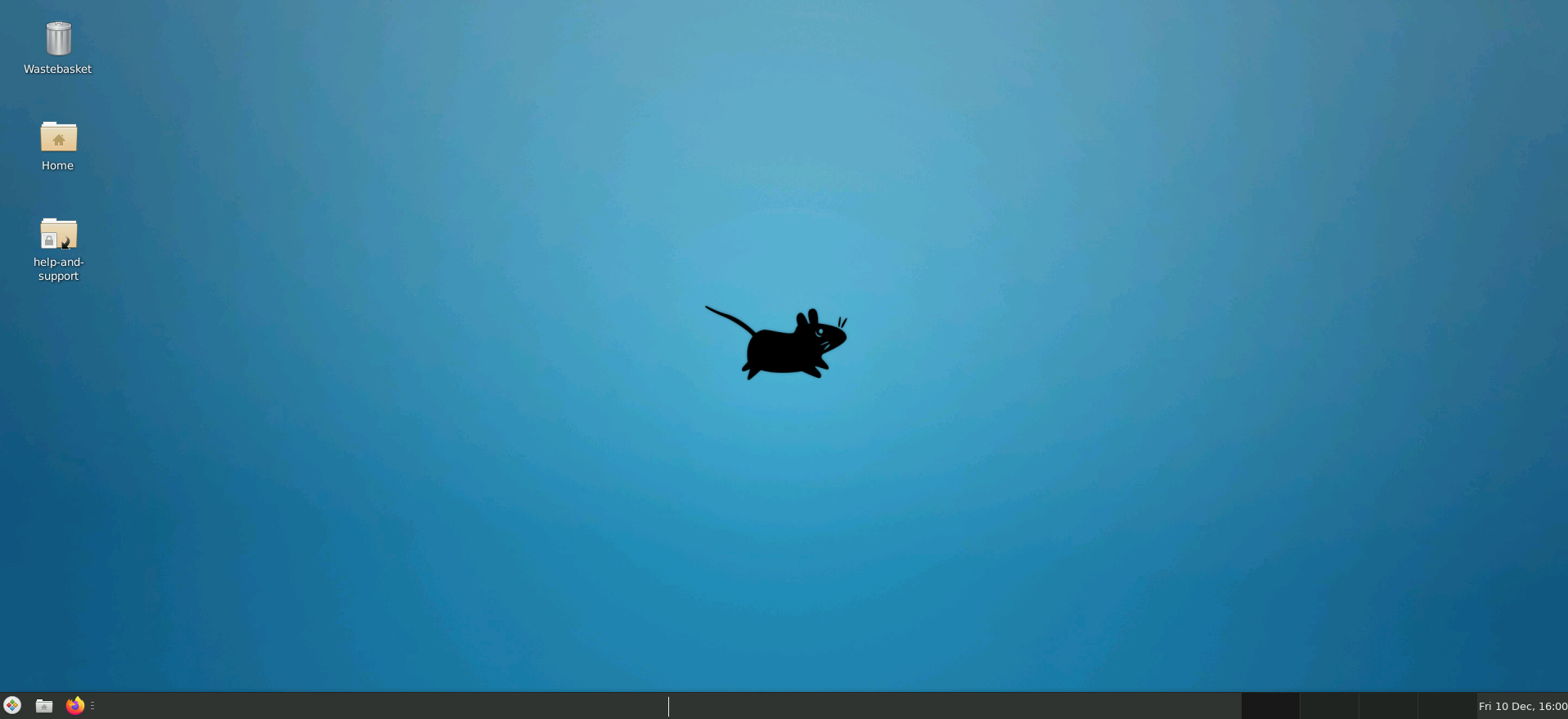
The look and feel is similar to a Windows desktop, with applications accessible from a start menu in the bottom left. Unfortunately, it won't be possible to extend your desktop across two monitors. But there are workspaces which allow users to have multiple virtual desktops. Users can switch between these using buttons in the bottom right hand corner.
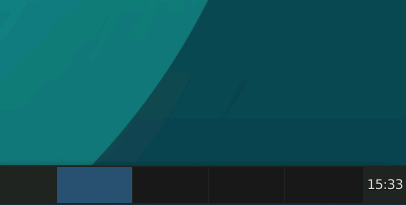
You can also open a Unix command-line terminal, right click with your mouse on the desktop background or in any folder location and choose Open Terminal Here. This can be used to support any work you are doing.
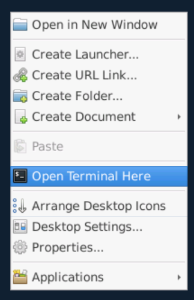
Home space¶
For the shared VMs in the Standard and Protected Zones, in order to provide users with enough home space, user directories are mounted on a Network File System (NFS). These directories are found under the path /md3_01/<project>/home/<user>. For example, within this guide, we assume people belong to the default awb01 project, so the paths for someone with the username "APerson-awb01" would be /md3_01/awb01/home/aperson-awb01, either on the command line or navigated to to via the file browser: File System > md3_01 > awb01 > home > aperson-awb01.
For most scenarios this should be dealt with automatically, but if you are using code/scripts/etc with hardcoded paths, care needs to be taken, as this is different from the standard /home/<user> location for most Linux operating systems.
Shared drive space¶
To enable collaborative working, in the Standard and Protected Zones, the Linux Desktop connection has a large capacity, high performance shared disk drive attached, found under the path /beegfs_10/<project>/data via command line, or using the file browser under File System > beegfs_10 >
In this space, large files can be shared among users. If you are part of a project that has requested shared directories, there should be a folder that you can access and share files, which are controlled by group-level permissions. If you think you should have access to certain project folders, please contact either the leader of the project in the first instance, or the SPACe helpdesk if you do not know who the relevant person is, to organise access.
You can also create your own folder, and control permissions on access, from personal access only to access based on groups you are a member of, or even completely open to other users within the Workbench. This can be done by right-clicking on the folder, selecting the permissions tab, and making your selections there. Advanced users can also use the command line tool chmod if you are familiar with it.
Logging out from the Desktop¶
To log out from your Desktop connection click the start menu icon in the bottom left corner and click the Power icon and confirm when asked.
You can then return to the AWB Gateway by choosing Home or select Reconnect if you want the session to start again, or logout if you want to completely close the session.
